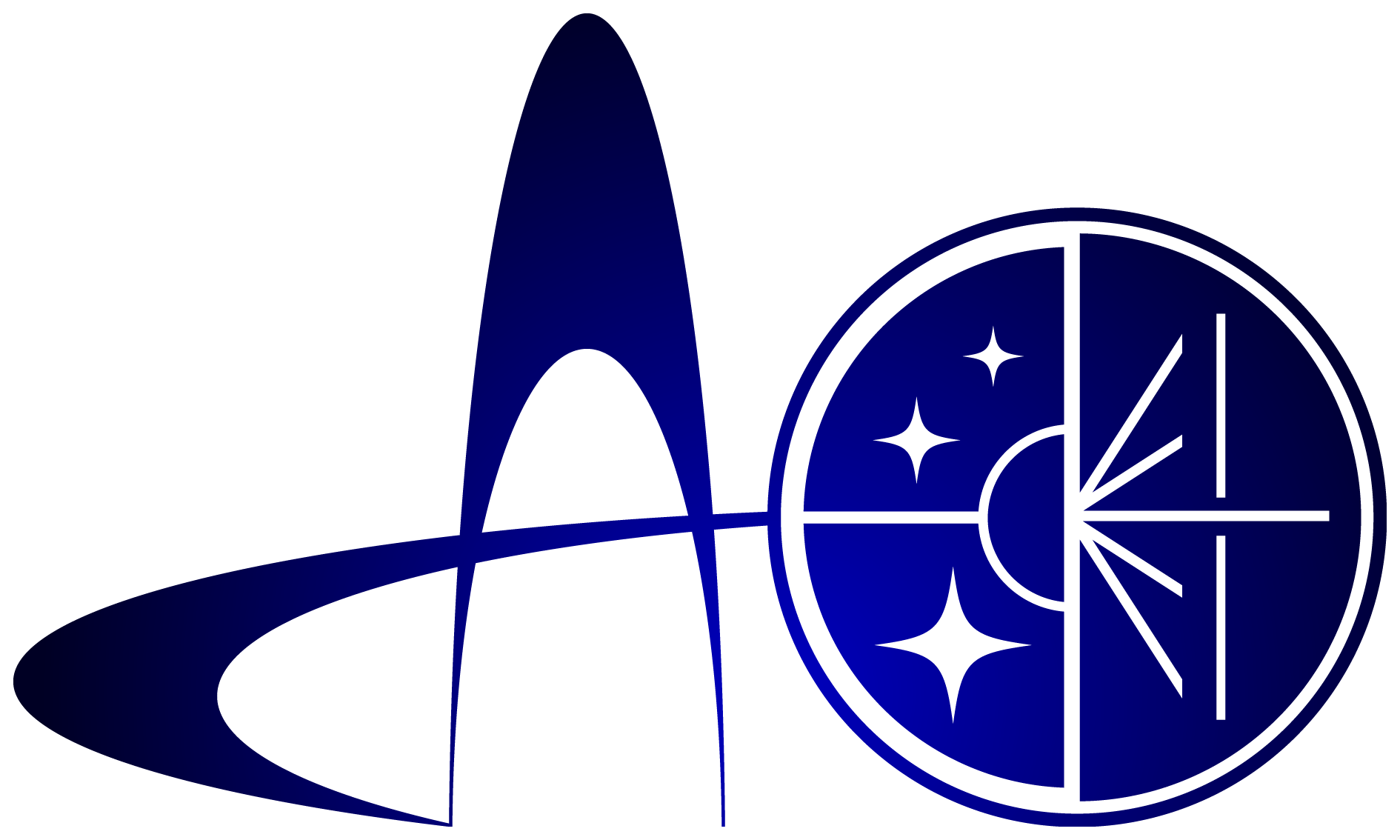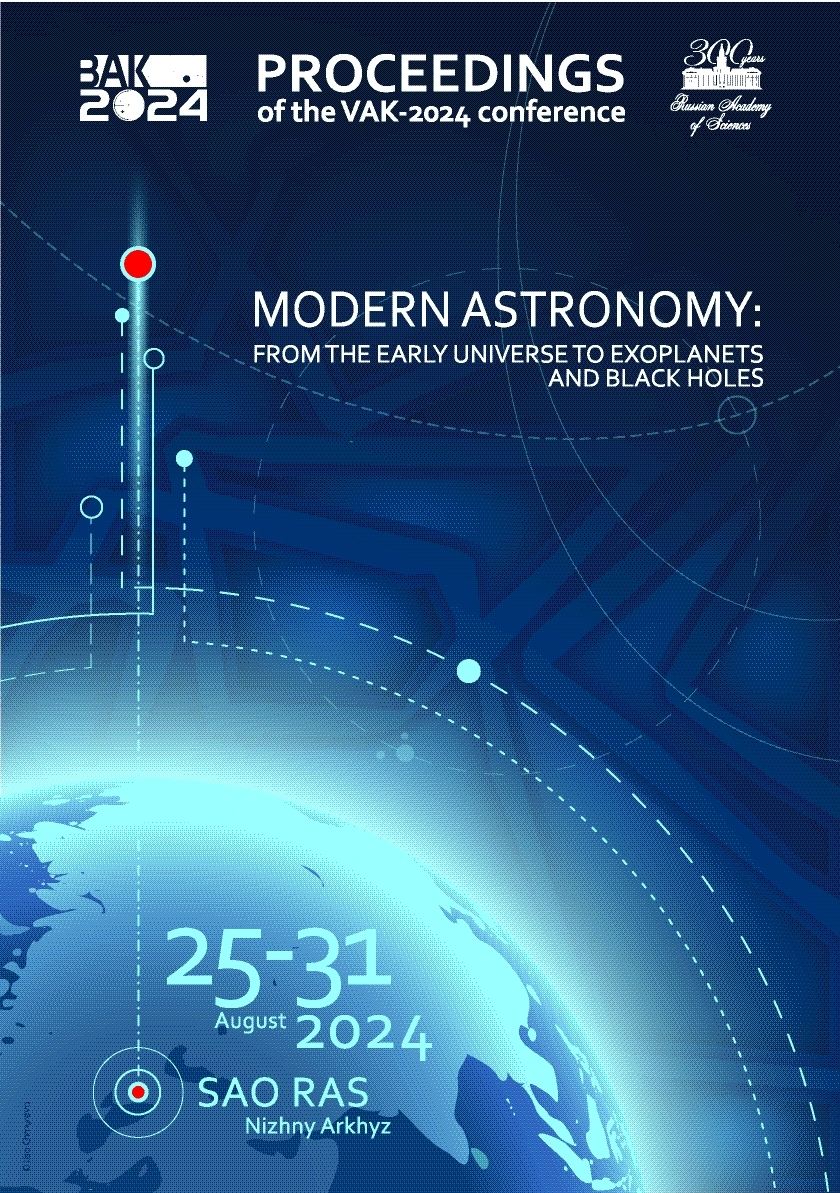Russian Federation
UDC 53
UDC 520
UDC 521
UDC 523
UDC 524
UDC 52-1
UDC 52-6
CSCSTI 41.00
CSCSTI 29.35
CSCSTI 29.31
CSCSTI 29.33
CSCSTI 29.27
CSCSTI 29.05
Russian Classification of Professions by Education 03.06.01
Russian Classification of Professions by Education 03.05.01
Russian Classification of Professions by Education 03.04.03
Russian Library and Bibliographic Classification 2
Russian Library and Bibliographic Classification 223
Russian Trade and Bibliographic Classification 614
Russian Trade and Bibliographic Classification 6135
BISAC SCI004000 Astronomy
BISAC SCI005000 Physics / Astrophysics
The knowledge of systematic velocity radial profiles in the star-forming cores is important for theoretical models. We analyzed the HCO$^+$(1-0) spectral maps of five massive cores from the MALT90 database associated with the regions of high-mass star formation at different stages of evolution. We fitted the maps calculated in the framework of spherically symmetric model into observed ones. An approach based on the principal component analysis and the k-nearest neighbors method was used to find minimum of the error function between model and observed spectral maps. Radial profiles of density, turbulent and systematic velocity are obtained. Densities in the cores decrease with radial distance with power-law indices ranging from 1.5 to 2.5, turbulent velocities decrease with power-law indices ranging from 0.3 to 0.45. Systematic (infall) velocity profiles in the cores are close to $r^{-0.1}$ which differs from what is expected for free fall. Analysis of the $^{13}$CO (2-1) SEDIGISM data for three sample objects has revealed the V-shape features on the position-velocity profiles which implies motions from surrounding gas to the cores. Taken together, the results support the scenario of globally contracting cores which interact with their surroundings.
stars: formation, dense cores; methods: laboratory: molecular, modelling
1. Csengeri T., Bontemps S., Wyrowski F., et al., 2017, Astronomy & Astrophysics, 601, id. A60
2. Guzmán A., Sanhueza P., Contreras Y., et al., 2015, Astrophysical Journal, 815, 2, id. 130
3. Jackson J., Rathborne J., Foster J., et al., 2013, Publ. Astron. Soc. Australia, 30, id. e057
4. Ladeyschikov D., Bayandina O., Sobolev A., 2019, Astronomical Journal, 158, 6, id. 233
5. Lin Y., Csengeri T., Wyrowski F., et al., 2019, Astronomy & Astrophysics, 631, id. A72
6. McKee C. and Tan J., 2003, Astrophysical Journal, 585, 2, p. 850
7. Pirogov L. and Zemlyanukha P., 2021, Astronomy Reports, 65, 2, p. 82
8. Pirogov L., Zemlyanukha P., Dombek E., et al., 2023, Astronomy Reports, 67, 12, p. 1355
9. Rathborne J., Whitaker J., Jackson J., et al., 2016, Publ. Astron. Soc. Australia, 33, id. e030
10. Schuller F., Menten K., Contreras Y., et al., 2009, Astronomy & Astrophysics, 504, 2, p. 415
11. Schuller F., Urquhart J., Csengeri T., et al., 2021, Monthly Notices of the Royal Astronomical Society, 500, 3, p. 3064
12. Shu F., 1977, Astrophysical Journal, 214, p. 488
13. Urquhart J., Wells M., Pillai T., et al., 2022, Monthly Notices of the Royal Astronomical Society, 510, 3, p. 3389
14. Vázquez-Semadeni E., Palau A., Ballesteros-Paredes J., et al., 2019, Monthly Notices of the Royal Astronomical Society, 490, 3, p. 3061
15. Whitworth A. and Summers D., 1985, Monthly Notices of the Royal Astronomical Society, 214, p. 1
16. Yoo H., Kim K., Cho J., et al., 2018, Astrophysical Journal Supplement, 235, 2, id. 31
17. Zhou J., Wyrowski F., Neupane S., et al., 2023, Astronomy & Astrophysics, 676, id. A69






